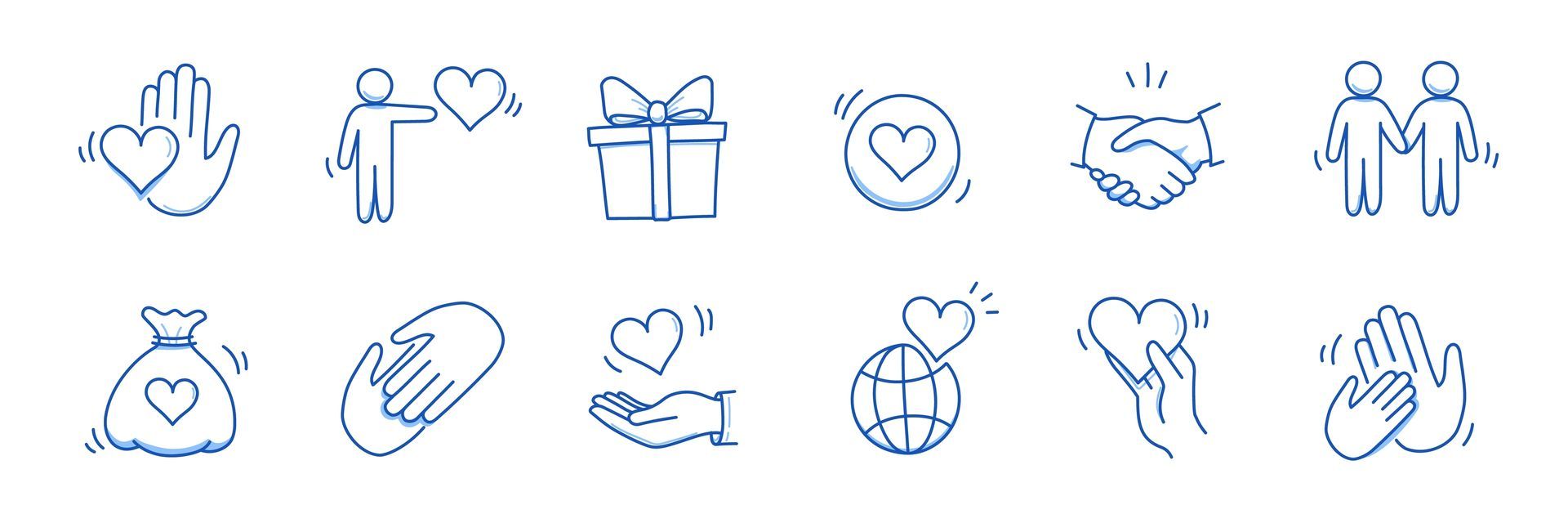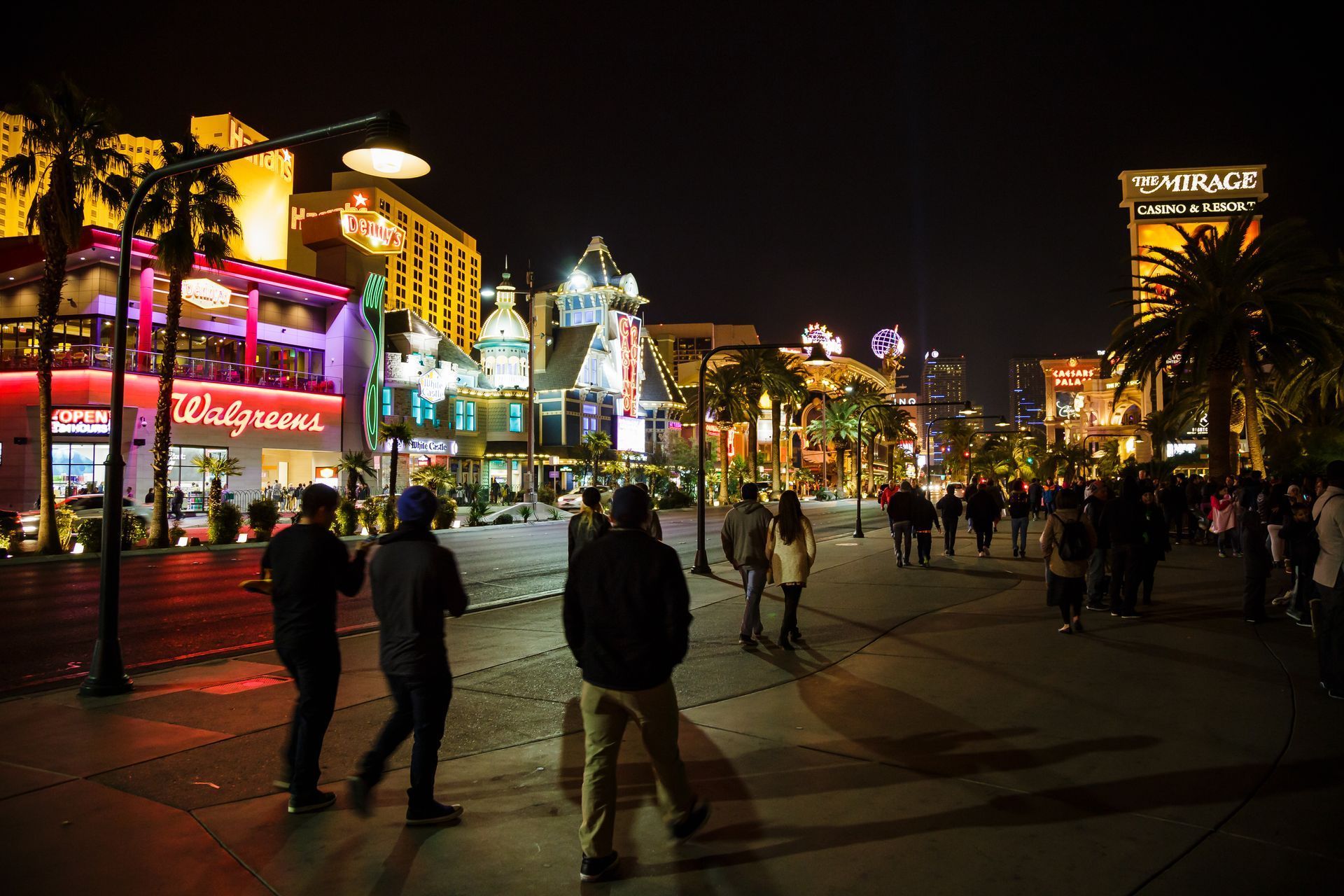Beat the Heat! Stay Cool as the Summer Starts
June 7, 2024
Tips to Stay Cool During a Las Vegas Heat Wave
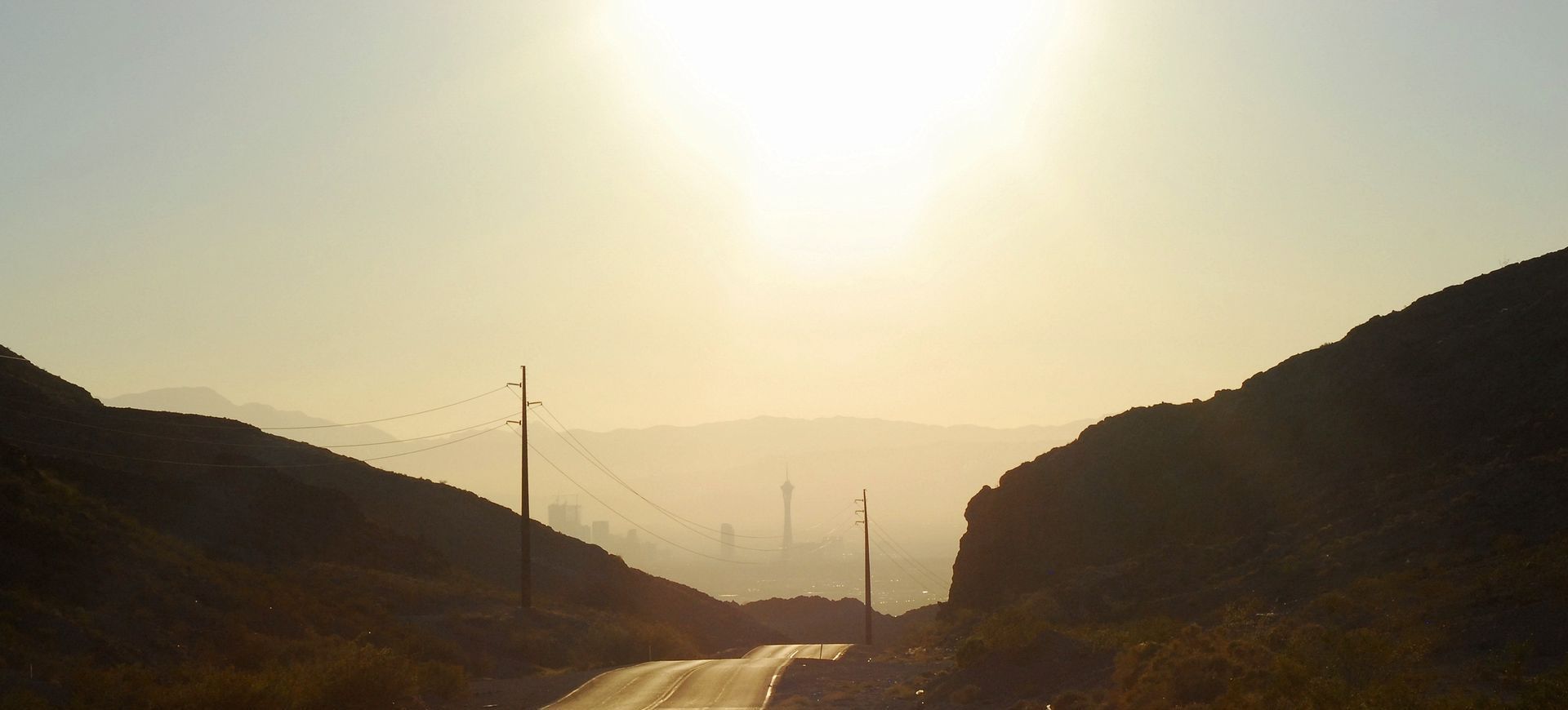
Las Vegas, renowned for its dazzling lights and bustling casinos, also boasts one of the hottest climates in the United States. During a heat wave, temperatures can soar well above 110°F (43°C), posing significant challenges to both residents and visitors. Staying cool in such extreme conditions requires a combination of smart planning, practical strategies, and an understanding of how to protect yourself from the oppressive heat. Here are some essential tips to help you stay cool and safe during a Las Vegas heat wave.
Battling the heat in Las Vegas during a heat wave requires vigilance and proactive measures. By staying hydrated, wearing appropriate clothing, seeking shade, and using air conditioning, you can significantly reduce the risks associated with extreme heat. Stay cool, stay informed, and take care of yourself and those around you to enjoy all that Las Vegas has to offer, even in the height of summer.
Stay Hydrated
Hydration is key. In extreme heat, your body loses fluids rapidly through sweat, and failing to replace these fluids can lead to dehydration, heat exhaustion, or even heat stroke. To combat this, make it a habit to drink water throughout the day, aiming for at least 8-10 glasses, and even more if you are active. Carry a refillable water bottle with you, and consider drinking electrolyte solutions if you're sweating heavily. Avoid drinks that can dehydrate you, such as those containing caffeine and alcohol, as they increase urine output and exacerbate dehydration.Wear Appropriate Clothing
Light, loose-fitting clothing is essential for staying cool in the heat. Choose breathable fabrics like cotton or linen that allow sweat to evaporate, providing a cooling effect. Loose clothing also promotes better air circulation around your body, enhancing cooling. Opt for light-colored clothes as they reflect, rather than absorb, the sun's rays, reducing heat absorption. Accessories like wide-brimmed hats and sunglasses can protect your face and eyes from direct sunlight, further helping you stay cool.Seek Shade and Air Conditioning
Minimize exposure to direct sunlight by staying indoors during peak heat hours, typically between 10 a.m. and 4 p.m. When outdoors, seek shade as much as possible. Utilize air-conditioned environments like shopping malls, libraries, and cinemas to cool down. If you need to be outside, take frequent breaks in the shade or air-conditioned spaces to allow your body to cool down. Public places with air conditioning can provide much-needed relief, especially if your home is not well-cooled.Use Sunscreen
Protect your skin by applying broad-spectrum sunscreen with an SPF of 30 or higher. UV rays from the sun can cause sunburn, which impairs your skin's ability to regulate temperature and can lead to dehydration. Apply sunscreen generously to all exposed skin 15-30 minutes before going outside, and reapply every two hours, or more frequently if you're swimming or sweating. Don't forget areas like your ears, neck, and the tops of your feet, which are often overlooked.Plan Outdoor Activities Wisely
Engage in outdoor activities early in the morning or late in the evening when temperatures are cooler. Limit strenuous activities during peak heat hours to reduce the risk of heat-related illnesses. If you must exercise, do so in shaded areas or opt for indoor activities in air-conditioned spaces. Always listen to your body; if you start to feel dizzy, lightheaded, or excessively sweaty, take a break and hydrate.Keep Your Living Space Cool
Optimize your home environment by using air conditioning, fans, and blackout curtains to keep your living space cool. If you don't have air conditioning, consider spending time in public places that do. Use fans strategically; placing a bowl of ice in front of a fan can create a cooling breeze. Close curtains or blinds during the hottest part of the day to block out the sun, and open windows in the evening when temperatures drop to allow cooler air to circulate.Eat Light and Stay Cool
Choose lighter meals that are easier to digest, such as salads and fruits. Heavy, hot meals can increase your body temperature. Additionally, enjoy cold treats like ice cream or popsicles to help lower your body temperature. Eating smaller, more frequent meals can also help keep you cool. Foods with high water content, such as cucumbers, watermelon, and leafy greens, can aid in hydration and help maintain your body's cooling mechanisms.Stay Informed
Monitor weather forecasts and heat advisories. Stay informed about the heat index and any warnings issued by local authorities. Knowing the forecast can help you plan your activities and stay safe. Many weather apps provide real-time updates and alerts for extreme weather conditions. Local news outlets also provide valuable information on cooling centers and emergency measures during heat waves.Use Cooling Products
Explore cooling products such as cooling towels, misting fans, and portable air conditioners. These can provide instant relief from the heat. Cooling towels can be soaked in water and placed around your neck or wrists to lower your body temperature. Misting fans can provide a refreshing spray of water, and portable air conditioners can be used to cool specific areas in your home. Carry a spray bottle filled with water to mist your face and neck when you feel overheated.Look Out for Vulnerable Individuals
Check on the elderly, children, and pets, as they are more susceptible to heat-related illnesses. Ensure they are staying cool and hydrated. Never leave children or pets in parked vehicles, as temperatures can rise dangerously high within minutes. Make sure they have access to plenty of water and a cool environment. Elderly individuals may not sense heat changes as quickly and can be at greater risk, so check on them regularly and help them stay cool.Recognizing Heat-Related Illnesses
Be aware of the signs of heat exhaustion and heat stroke. Symptoms of heat exhaustion include heavy sweating, weakness, dizziness, nausea, and headaches. If you or someone else exhibits these symptoms, move to a cooler place, drink water, and rest. Heat stroke is more severe, with symptoms such as high body temperature, confusion, rapid pulse, and possible unconsciousness. Seek immediate medical attention if heat stroke is suspected. It's crucial to act quickly, as heat stroke can cause permanent damage or even be fatal.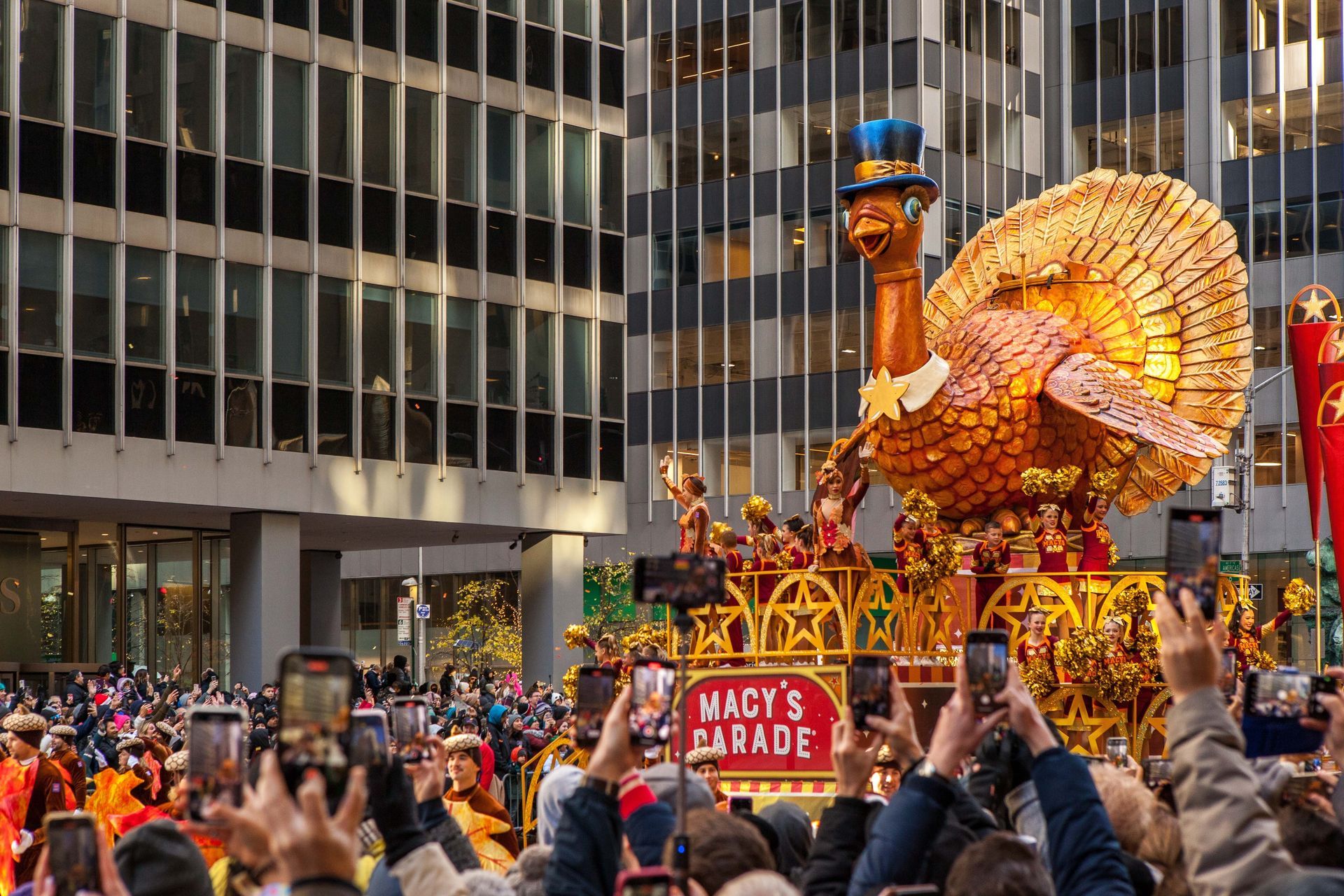
Every Thanksgiving morning, millions of people gather along the streets of Manhattan—or tune in from cozy living rooms across the country—to watch larger-than-life balloons, dazzling floats, marching bands, and performances fill the streets. The Macy’s Thanksgiving Day Parade has become an iconic piece of American holiday tradition, but its roots stretch back nearly a century. Here’s how this beloved celebration came to be—and how it grew into the cultural phenomenon we know today. Humble Beginnings: The 1920s The first Macy’s parade took place in 1924, making it one of the oldest Thanksgiving parades in the U.S. Macy’s employees—many of them immigrants—wanted to celebrate their new American traditions with a grand festival inspired by the street fairs and carnivals of their home countries. The debut parade featured: Live animals borrowed from the Central Park Zoo Floats pulled by horses Marching bands Santa Claus as the finale Even in its first year, the parade drew huge crowds. Macy’s quickly declared it an annual event. Humble Beginnings: The 1920s The first Macy’s parade took place in 1924 , making it one of the oldest Thanksgiving parades in the U.S. Macy’s employees—many of them immigrants—wanted to celebrate their new American traditions with a grand festival inspired by the street fairs and carnivals of their home countries. The debut parade featured: Live animals borrowed from the Central Park Zoo Floats pulled by horses Marching bands Santa Claus as the finale Even in its first year, the parade drew huge crowds. Macy’s quickly declared it an annual event. Growth Through the Mid-Century By the 1930s and ’40s, the parade had become a cherished national event. Important milestones include: 1932 – The parade was first broadcast on radio. 1942–1944 – The parade paused during WWII, when balloons were donated to help with the rubber shortage. 1945 – The parade returned bigger than ever. 1948 – NBC aired the first televised broadcast, bringing the spectacle into homes nationwide. Throughout the 1950s and ’60s, the parade expanded with more elaborate floats, celebrity appearances, and increasingly sophisticated balloon designs. Pop Culture Takes Over By the 1970s and 1980s, the parade had fully embraced modern entertainment. This era brought: Balloons of beloved characters like Snoopy, Kermit the Frog, and Superman Broadway performances becoming a staple Larger production budgets and national media coverage The parade evolved into both a celebration and a marketing phenomenon—yet still retained its charm and festive spirit. A 21st-Century Icon Today’s parade is a blend of high-tech engineering, pop culture, and decades-old tradition. Modern features include: State-of-the-art balloon design and safety teams Massive behind-the-scenes operations with thousands of volunteers Digital broadcasts and livestreams reaching millions worldwide Partnerships with musicians, Broadway shows, film studios, and children’s brands And, of course, the parade still ends the same way it did in 1924: with Santa Claus arriving to officially kick off the holiday season . Why the Parade Endures The Macy’s Thanksgiving Day Parade is more than a televised event—it's a symbol of joy, togetherness, and the unofficial start of the holidays. Over nearly 100 years, it has reflected the evolution of American culture, from beloved cartoon characters to blockbuster movie icons, all while staying anchored in nostalgic tradition. It’s a celebration of imagination, community, and holiday spirit—one balloon at a time.
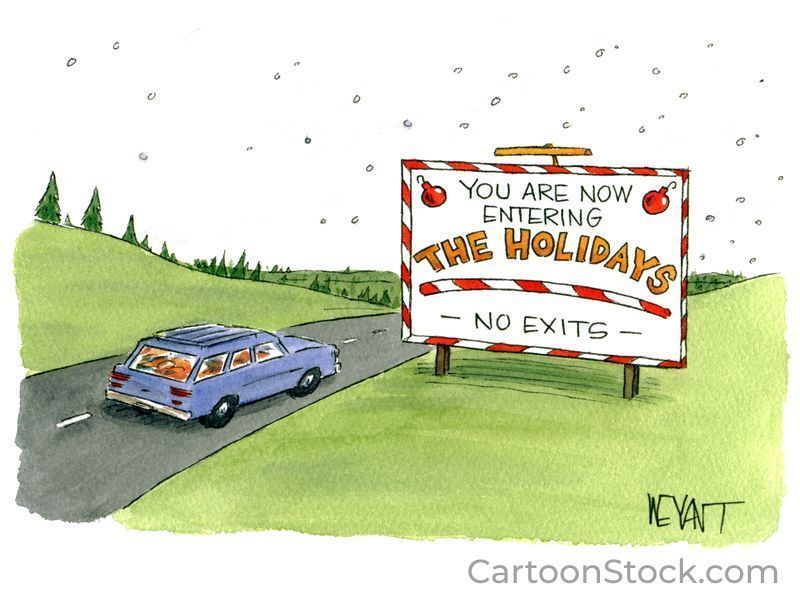
If you’re heading out of town for the holidays, take a few minutes to prep your home before you go. A little planning can help you avoid headaches—and make sure you return to everything just as you left it! Unplug and Power Down Unplug small appliances like toasters, coffee makers, and space heaters. This not only helps prevent potential fire hazards but also saves a bit on energy while you’re away. Lock It Up Double-check that all doors and windows are securely locked, including sliding glass doors and garage entries. If you have a security system, set it before you go. Keep It Lived-In Consider leaving a light on a timer so your home still looks occupied in the evenings. It’s a simple way to deter unwanted attention. Clear the Kitchen Take out the trash, clean out the fridge, and run the garbage disposal before you leave. You’ll thank yourself when you come home to a fresh, clean space instead of any lingering odors. Close Curtains (But Not Completely) Clos ing your blinds or curtains halfway helps keep your home cooler and adds privacy— without making it obvious that no one’s there. Bonus Tip If you’re in an area prone to bugs, you can close sink and shower drains to minimize access (yes, it really can help keep pests from creeping up). Taking these simple steps helps protect your home and gives you peace of mind while you’re enjoying your holiday travels. Safe travels and happy holidays!

Whether you’re planning a romantic night out or a fun hangout with friends, fall and winter in Las Vegas bring the perfect mix of cool weather, and cozy vibes. From outdoor adventures to stay-in nights, here are some great ways to make the most of the season. 1. Skate Under the Stars at Fontainebleau’s Ice Rink Bundle up and glide across the ice surrounded by glittering lights and holiday cheer. Whether you’re holding hands or racing your bestie, it’s a festive way to kick off the winter season. 2. Explore Enchant at Las Vegas Ballpark Get lost in a maze of sparkling lights, sip on hot cocoa, and take a million photos together. Enchant is pure holiday magic — perfect for a romantic night or a friends’ night out filled with laughter and selfies. 3. Sunset Picnic at Red Rock Canyon Take advantage of the cooler weather and head out to Red Rock for a cozy outdoor date. Pack a picnic, bring a blanket, and catch the golden-hour glow over the desert cliffs. It’s peaceful, picturesque, and a great way to unwind together. 4. Rooftop Lounge Vibes Head to the Skyfall Lounge for sweeping views of the city lights. Grab a seat by the firepit, share a few laughs (or a cocktail flight), and soak in the stunning skyline. It’s equally perfect for date night or a friends’ catch-up. 5. Stay In & Solve an “Unsolved Case File” If you’re in the mood to stay cozy, pick up an Unsolved Case File game and put your detective skills to the test. Light some candles, order takeout, and enjoy a night of mystery, teamwork, and laughs — no going out required. From twinkling lights to cozy nights in, Las Vegas offers so many ways to make memories this season — whether it’s with your favorite person or your favorite people.
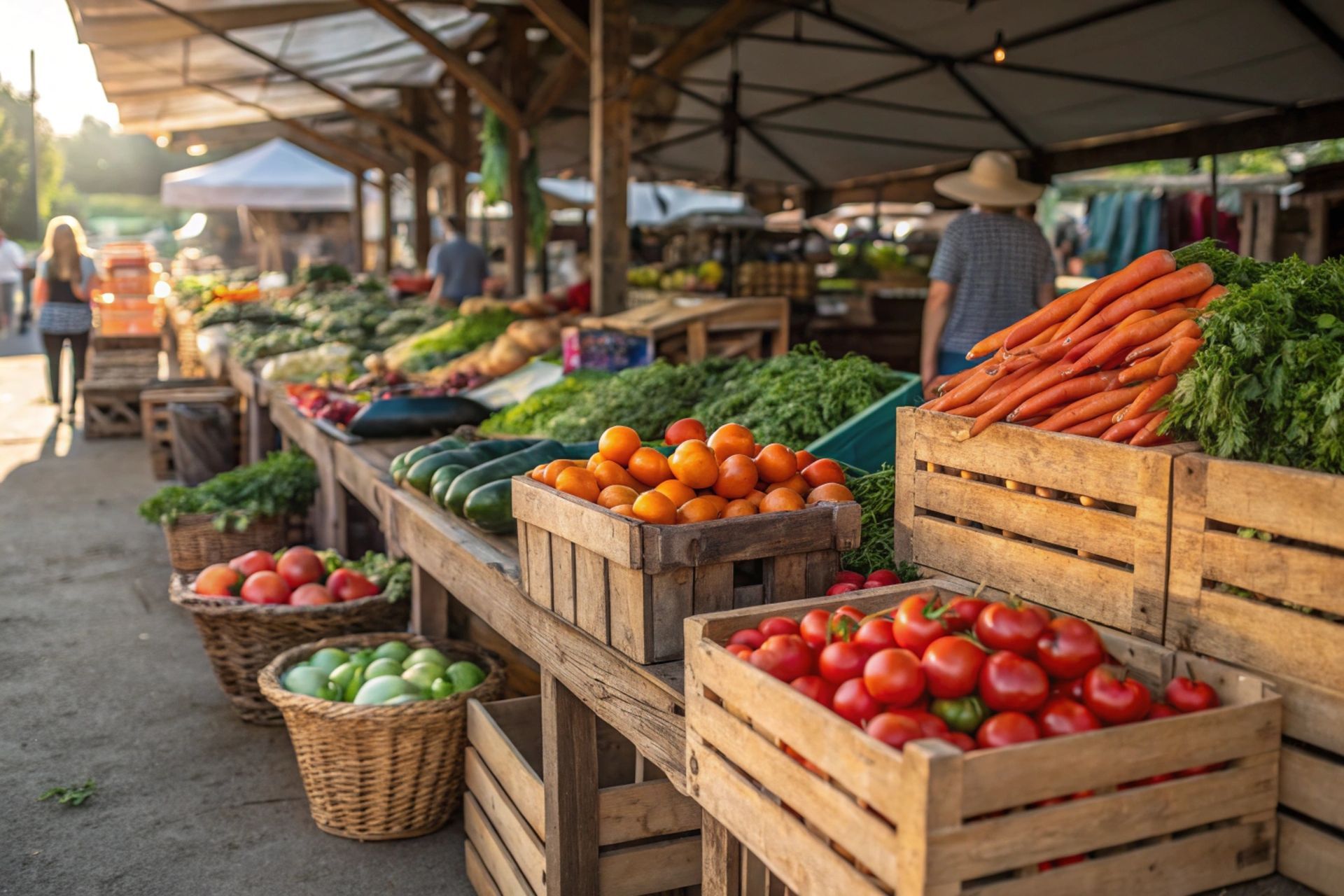
Las Vegas might be known for its bright lights and endless buffets, but there’s another side to the city—one filled with fresh produce, artisan goods, and local charm. Whether you’re a foodie, a weekend wanderer, or just someone who loves supporting small businesses, the farmers markets around town are worth adding to your weekend plans.

Halloween is a time for spooky fun, creative costumes, and sweet treats—a holiday that brings communities together in celebration of all things eerie and festive. From carving pumpkins and trick-or-treating to attending costume parties, Halloween traditions have evolved over centuries, blending folklore, community spirit, and a love for all things playful and mysterious.

When people think of food diversity in America, their minds usually go straight to New York City. But according to a recent study highlighted by the esteemed culinary school, Escoffier, the Big Apple doesn’t take the top spot. Instead, San Francisco claimed first place — praised for its bustling variety of cuisines and holding the title for the highest density of restaurants per capita among major U.S. cities.
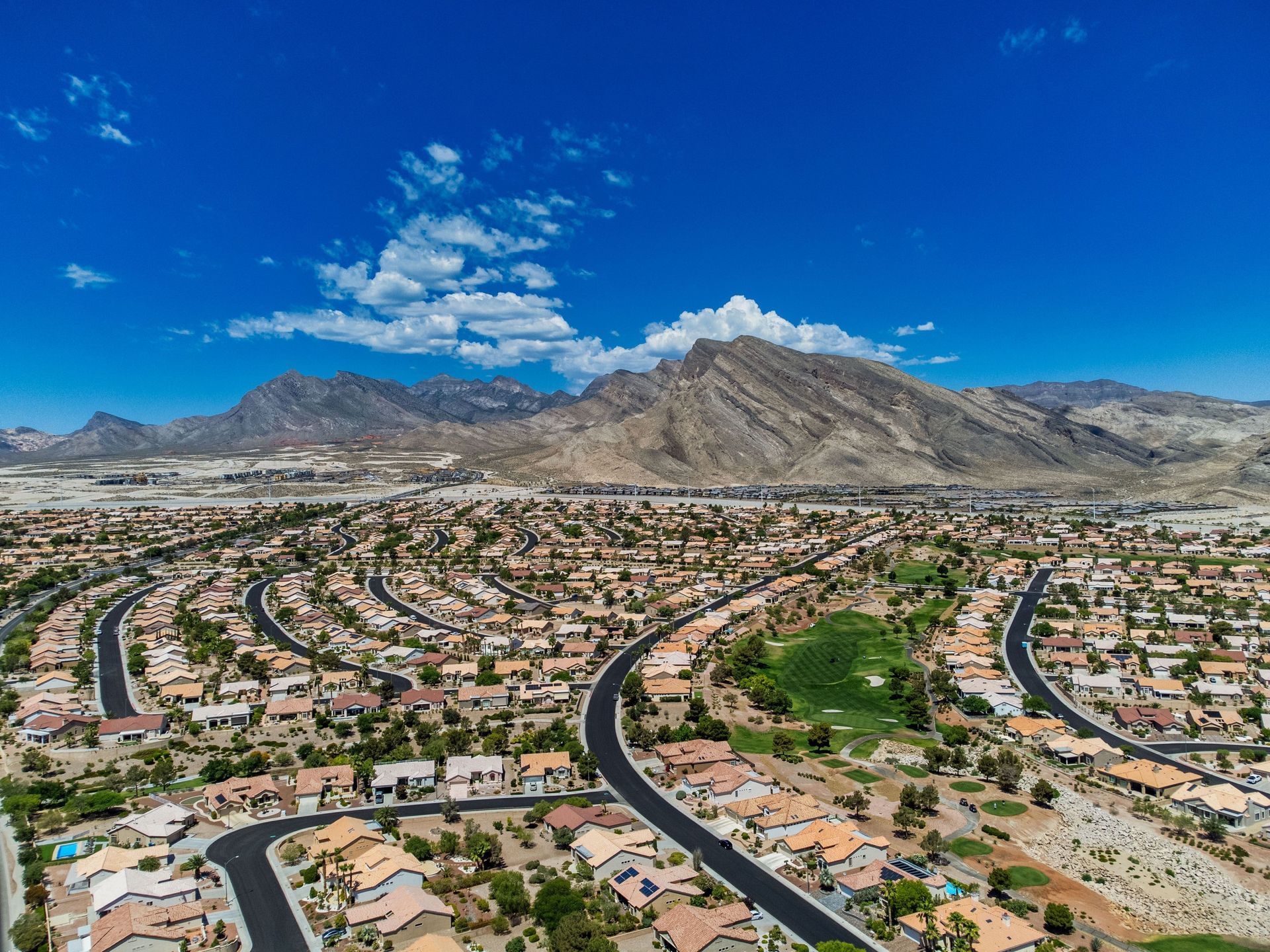
Planning a trip to Las Vegas? Whether it’s your first visit or your tenth, it’s easy to get overwhelmed by all the options. As locals, we know how to balance the must-see attractions with spots that many visitors miss. This four-day itinerary blends the energy of the Strip with the character of the neighborhoods beyond it, giving you a true taste of what Vegas has to offer.


